This groundbreaking technological development not only breaks world records but also provides people with a more convenient and efficient means of transportation.
How Does China’s High-Temperature Superconducting Maglev Train Work?
China’s high-temperature superconducting maglev train is an advanced transportation vehicle that utilizes superconducting technology. The operational principle of this train is based on the combination of magnetic levitation technology and superconductivity. Magnetic levitation technology employs the effects of magnetic fields to lift the train above the tracks, thereby reducing friction between the wheels and the rails. Superconducting technology enables the train to levitate and operate by interacting with the guiding magnetic field created between the superconducting magnets at the bottom of the train and the track.
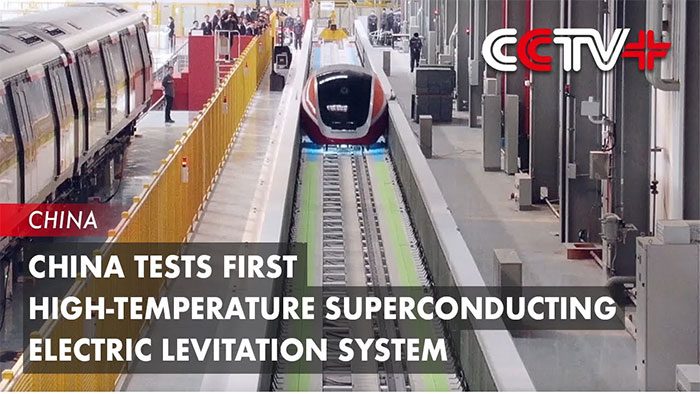
The high-temperature superconducting maglev train operates based on magnetic levitation technology, where the magnetic field’s thrust causes the train to float, reducing friction with the rails and allowing for very high speeds. According to statistics, the maximum speed of China’s high-temperature superconducting maglev train can reach up to 500 km/h or even higher. This significantly shortens transportation time between cities and enhances the commuting efficiency of the public.
In China’s high-temperature superconducting maglev train, high-temperature superconducting materials are used as superconducting magnets. One of the key features of superconducting materials is their ability to exhibit superconducting properties at very low temperatures. For the high-temperature superconducting maglev train, temperatures are typically maintained around -196°C, and a liquid nitrogen cooling system is employed to keep the superconducting magnets in optimal condition.
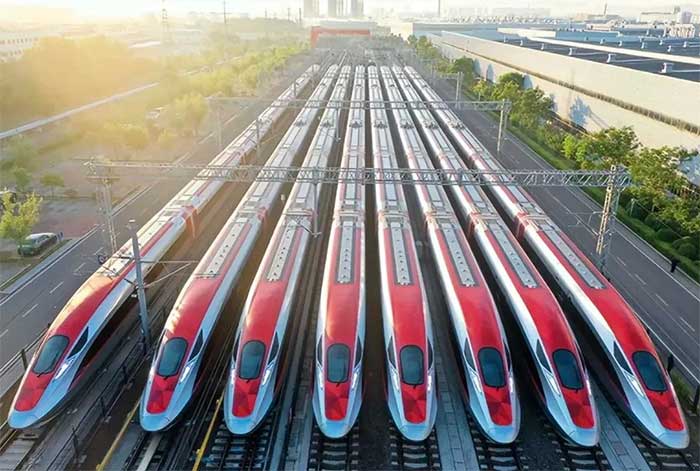
High-temperature superconducting maglev trains exhibit high stability. Since the train hovers in the air and has almost no direct contact with the track, the friction and vibration are significantly reduced. Additionally, the high-temperature superconducting maglev trains utilize a variety of advanced control systems and safety devices, such as inertial navigation systems and anti-tilt systems, to ensure smooth operation.
When the train begins to operate, the current generated by the superconducting magnets creates a magnetic field on the track. This magnetic field interacts with the guiding magnetic field on the track to generate a force opposite to the direction of gravity, achieving the lifting and levitation effect. The current within the superconducting magnets also creates a magnetic field that interacts with the guiding magnetic field at the rail contact points to generate thrust, propelling the train forward.
Because the superconducting magnetic levitation technology reduces frictional resistance, the current within the superconducting materials can produce a stronger magnetic field, allowing the train to reach higher speeds. The superconducting levitation technology can also minimize energy loss and enhance operational efficiency.
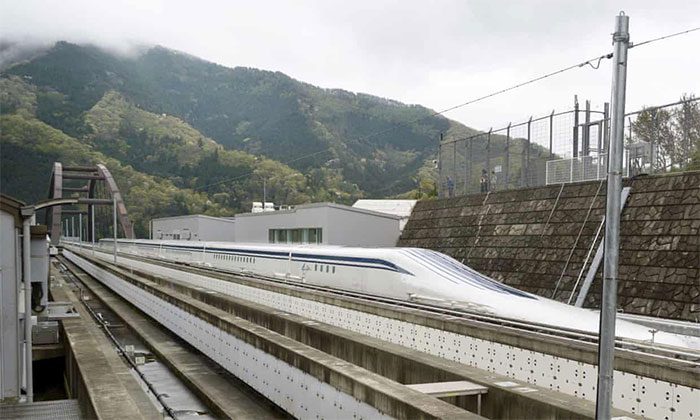
High-temperature superconducting maglev trains are also energy-efficient and environmentally friendly. Traditional trains often consume large amounts of fuel for power, whereas high-temperature superconducting maglev trains rely entirely on electricity. They utilize high-temperature superconducting materials, which can achieve superconductivity at higher temperatures, significantly improving the efficiency of electrical energy transmission and reducing energy loss.
Innovations of China’s High-Temperature Superconducting Maglev Train
With the continuous advancement of technology, transportation vehicles are also being updated regularly. In China, the high-temperature superconducting maglev train has demonstrated tremendous potential as a new form of transport. Its innovations include non-contact levitation and magnetic propulsion, making it ideal for future urban transit.
The ability to levitate without contact is one of the most significant advancements of the high-temperature superconducting maglev train. Traditional trains need to achieve lift through contact with the tracks, which creates friction and vibration, resulting in an unstable ride for passengers. The high-temperature superconducting maglev train utilizes the magnetic levitation effect of superconducting materials to lift the train above the tracks, completely eliminating the contact associated with traditional trains. This non-contact suspension system not only improves the stability and reliability of the train but also reduces wear and tear on the tracks and the train itself, extending their lifespan and lowering maintenance costs.
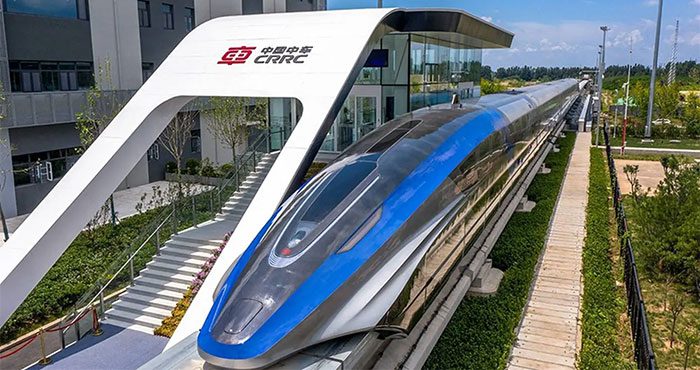
As the population continues to grow and urbanization accelerates, transportation issues have become a global challenge. Traditional modes of transport, such as road and rail, can no longer meet the increasing travel demands. The advent of the high-temperature superconducting maglev train could represent a breakthrough in the transport sector, changing the way people commute and driving a revolution in transportation.
Magnetic propulsion is another significant innovation in high-temperature superconducting maglev trains. Traditional trains primarily rely on mechanical propulsion, with the friction between the wheels and the tracks driving the train. In contrast, high-temperature superconducting maglev trains utilize magnetic propulsion technology to propel the train through the interaction of magnetic fields created by the electromagnetic system and the guiding coils on the track. This magnetic propulsion system not only enhances the train’s acceleration, speed, and operational efficiency but also reduces noise and vibration, providing a more comfortable riding experience.
The innovations of the high-temperature superconducting maglev train are also reflected in other aspects. The application of high-temperature superconducting technology allows the trains to achieve superconductivity at higher temperatures, significantly improving the availability and practicality of superconducting materials.
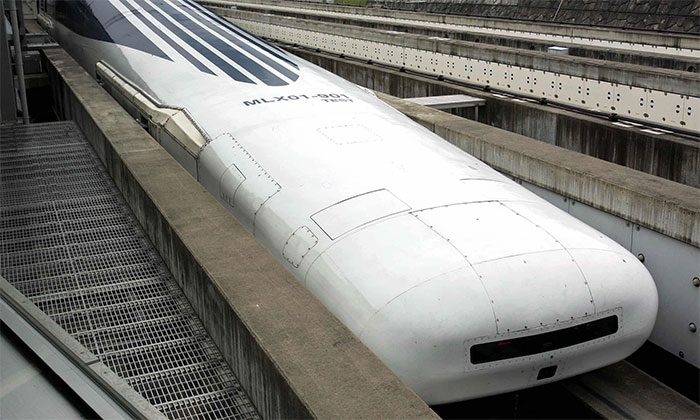
Thanks to magnetic levitation technology, there is no physical contact between the train and the track, reducing the risk of accidents and collisions. High-temperature superconducting materials possess excellent mechanical strength and stability at high temperatures, allowing them to withstand the demands of high-speed and complex operational conditions, while maintaining a high level of safety and reliability.
The high-temperature superconducting maglev train leads the future development of urban transportation with its innovations in non-contact levitation and magnetic propulsion. Its emergence not only enhances the safety, comfort, and operational efficiency of trains but also reduces operational costs and environmental impacts. It is believed that with further development and application of technology, high-temperature superconducting maglev trains will play a crucial role in urban transportation in the future.





















































